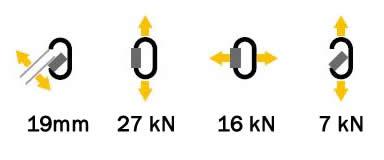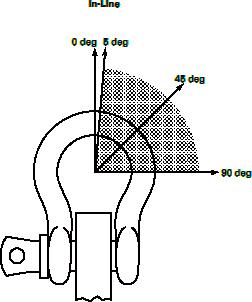Well they say in the eBay ad that the " Working Load : 9,500 kg. Or over 20,000 lbs",
which I find amazing that 10mm rope can used to lift almost 10 tonnes, so If they believe that then what else is "true" about their product, if a supplier of recovery gear can't give give you the Safe Working Load/Working Load Limit (SWL/WLL) then buy from someone that can, BTW the thimble in the eye of the rope should be made of steel, Regards Frank.



 Reply With Quote
Reply With Quote









Bookmarks